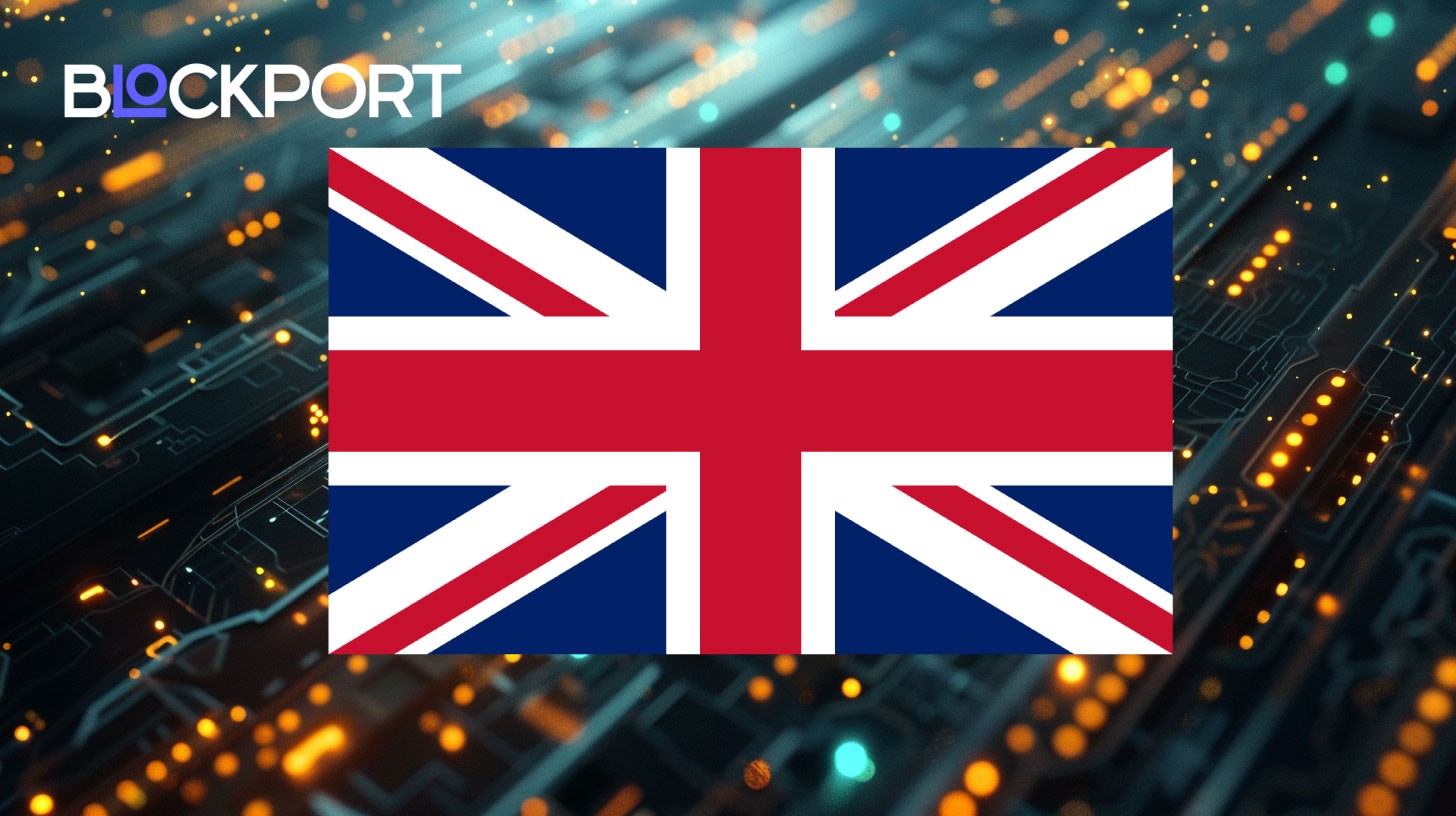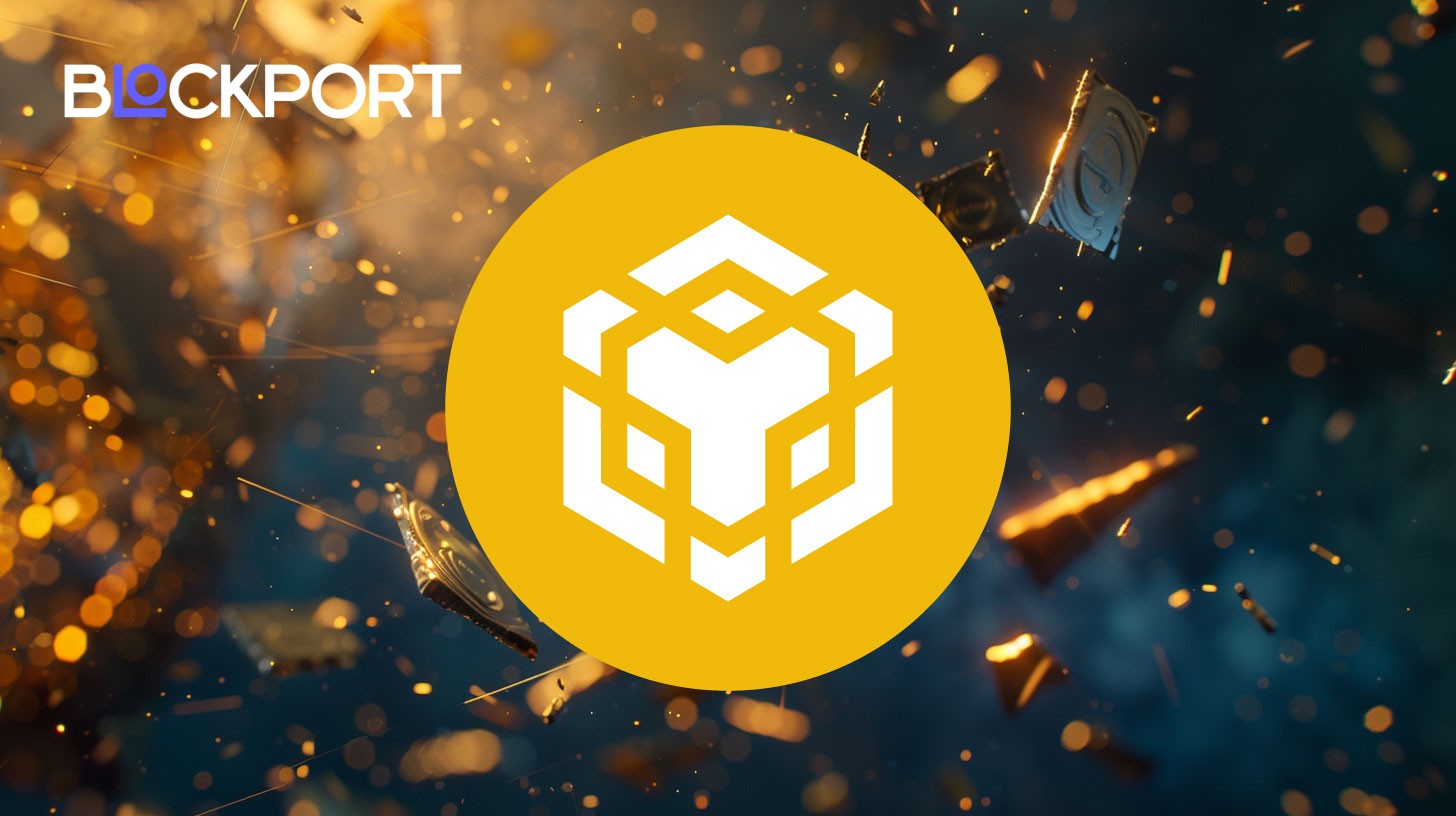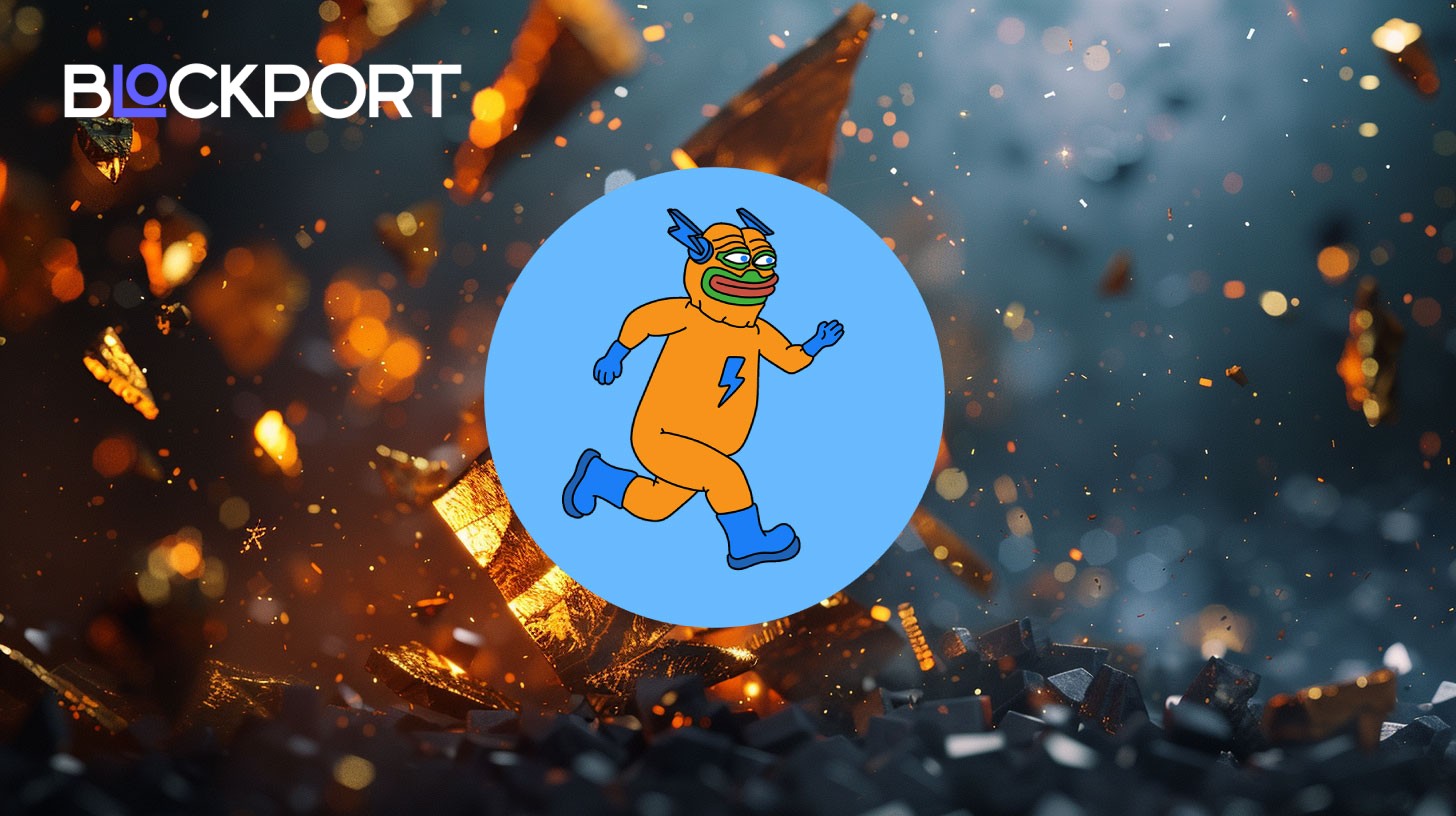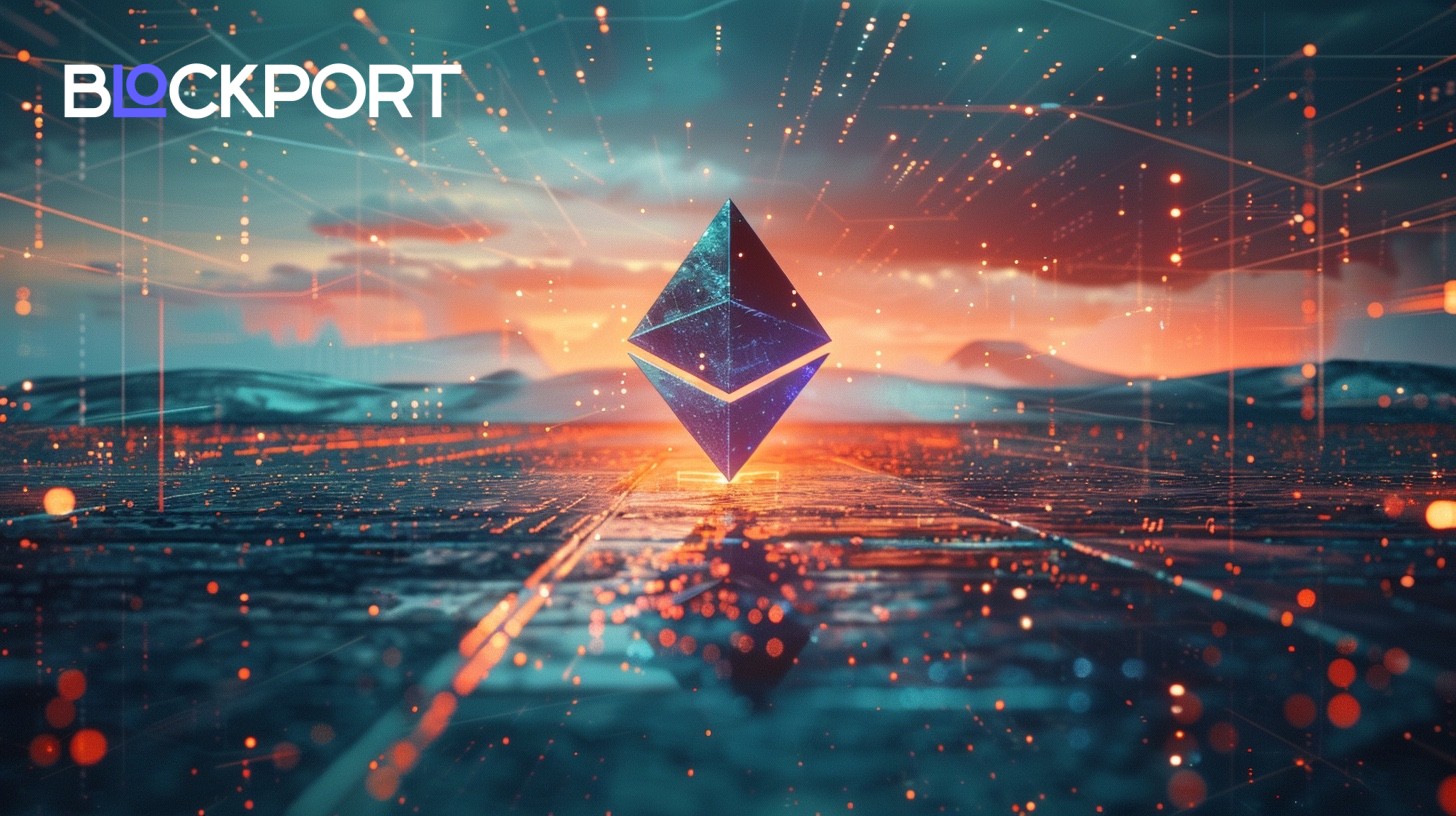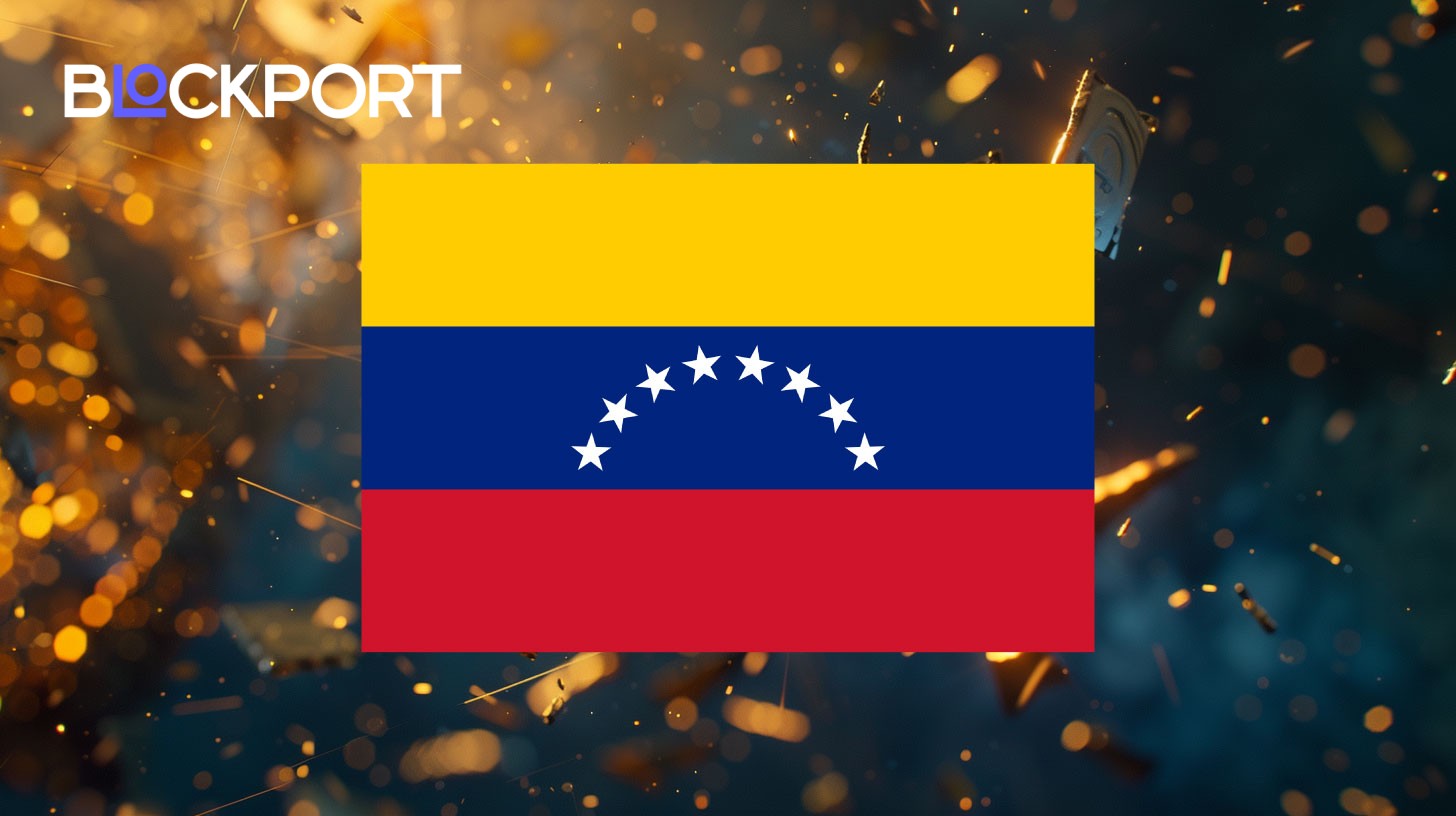How do you make an NFT without coding skills? The simple method

NFTs have changed how we think about digital ownership, allowing anyone to turn art, music, or collectibles into blockchain assets. This guide shows beginners “how do you make an NFT” without coding, from minting to selling.
On this page
The rise of non-fungible tokens (NFTs) has changed how we view digital ownership, turning art, music, and collectibles into blockchain-verified assets. Yet, for many beginners, the biggest question is simple: how do you make an NFT if you have no coding skills?
The good news is that today’s NFT marketplaces have made the process accessible to anyone. With just a digital wallet, some creativity, and the right platform, you can create, mint, and sell your own NFT without writing a single line of code. This guide walks you through the simple method step by step.
What does NFT mean and how does it work?
A non-fungible token (NFT) is a digital asset that represents something unique. Unlike cryptocurrencies such as Bitcoin or Ethereum, which can be exchanged one for one, each NFT is distinct and has unique characteristics. They are often used to represent digital artwork, collectibles, music, videos, gaming items, and even tokenized versions of real-world assets. This uniqueness is what gives NFTs their appeal and value in digital markets.
NFTs run on blockchain technology, the same decentralized system that powers cryptocurrencies. When an NFT is created, or “minted,” the blockchain permanently records its origin, ownership, and transaction history. Every sale or transfer leaves a digital signature that cannot be changed or forged. This transparency makes ownership verifiable and secure, building trust in a market where digital files can otherwise be copied without limit.
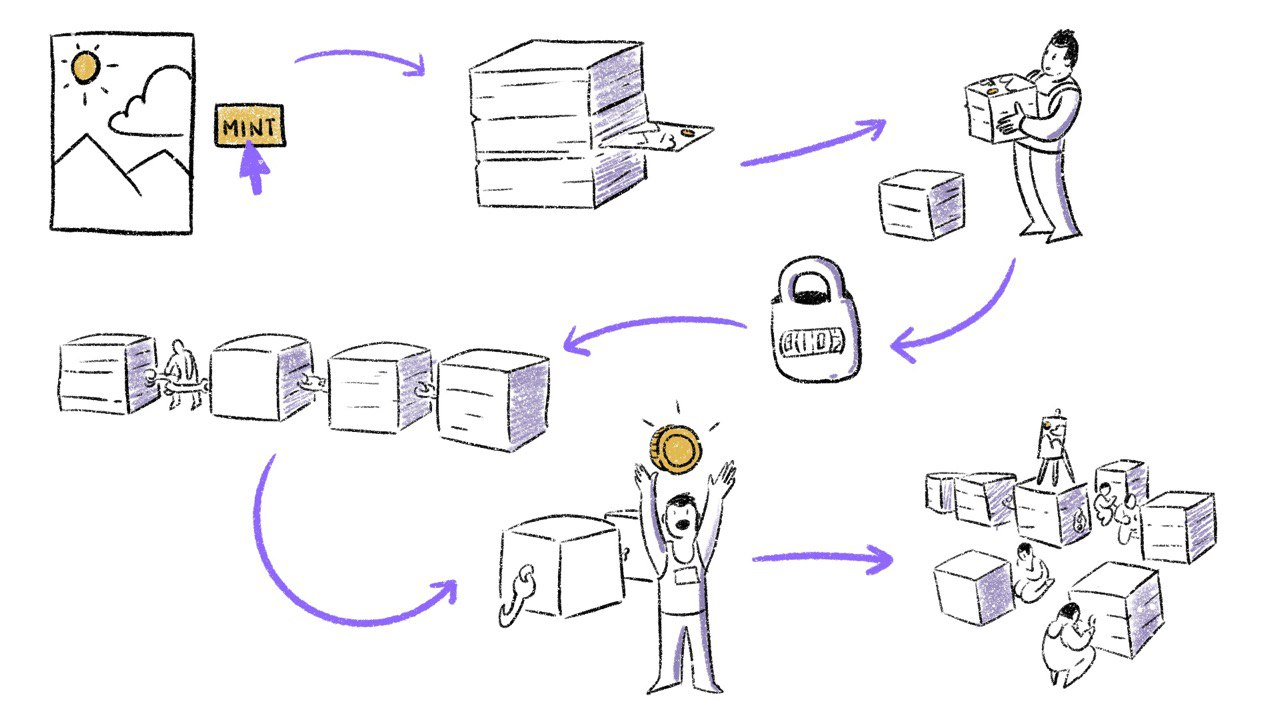
An NFT’s value comes not from the digital file itself (since images and videos can be duplicated), but from the proof of ownership tied to it. Collectors buy NFTs because holding the authenticated token establishes them as the rightful owner of that asset. For creators, NFTs open a direct channel to audiences and can generate royalties from future resales through smart contracts.
When beginners ask “How do you make an NFT”, the process begins with grasping the idea of uniqueness and authenticity. By linking a digital work such as an image, song, or video to the blockchain, you turn it into a non-fungible token that can be bought, sold, and traded around the world. In this way, NFTs fuse creativity with technology, creating new opportunities for artists, collectors, and entrepreneurs in the digital economy.
How to make and launch your own NFT
Today’s platforms make the NFT creation process simple and accessible. You don’t need programming experience or advanced blockchain knowledge. Instead, you can follow a straightforward set of steps to turn your digital creation into a token that can be sold or collected worldwide.
The first step is choosing the content you want to tokenize. This could be a digital painting, a song, a short video, or even a unique meme. If you are wondering how to create NFT art, think of it as preparing any digital file that can be uploaded online. Value in the NFT space often depends on originality, uniqueness, and creativity.
Next, decide which blockchain you want to use. Ethereum remains the most popular option, but other networks like Polygon, Solana, and Binance Smart Chain offer lower fees and faster transactions. After that, you’ll need to set up a digital wallet such as MetaMask or Coinbase Wallet. This wallet will hold the cryptocurrency you use for minting fees and will also store the NFT once it’s created.
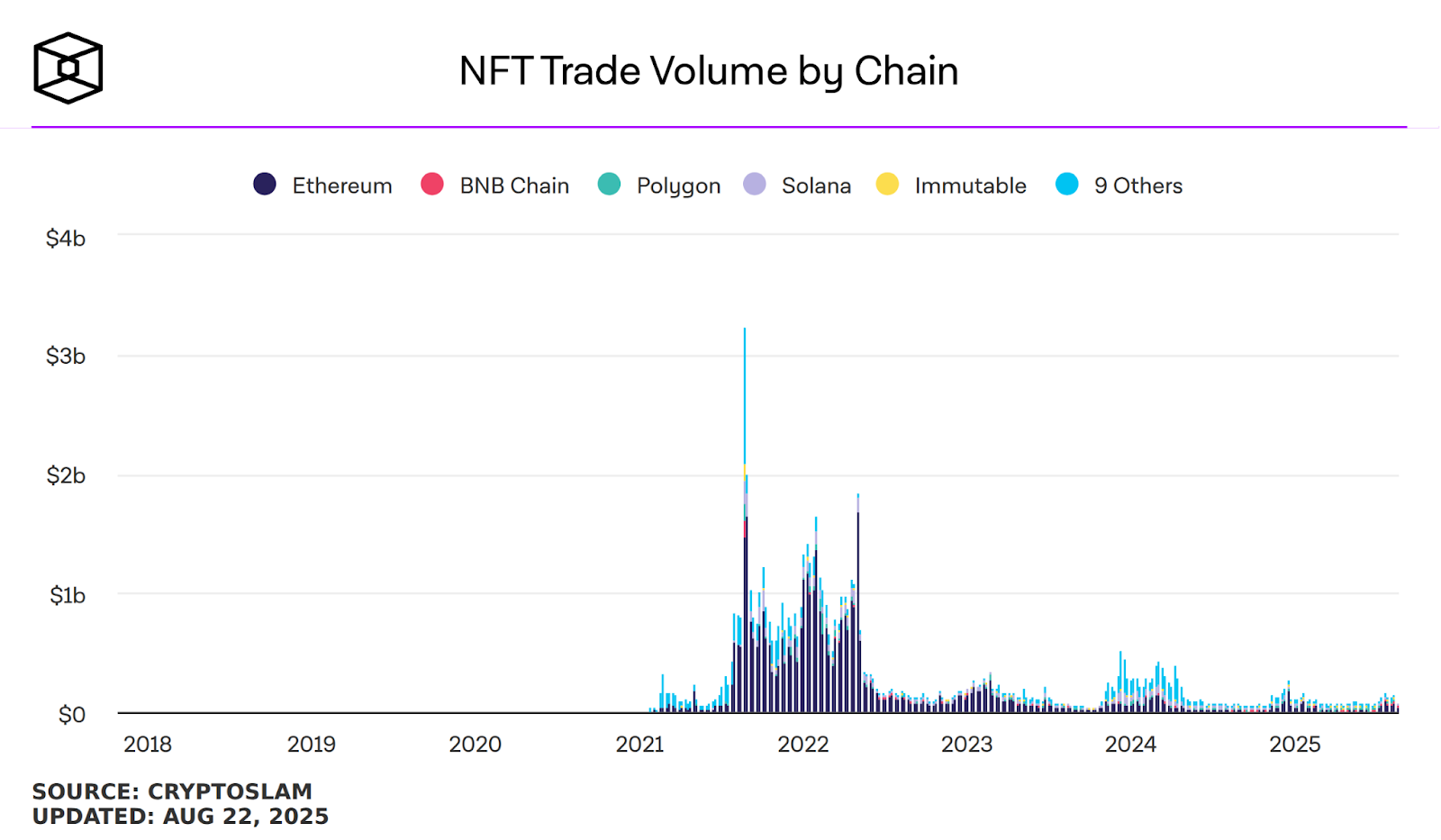
Once your wallet is ready, connect it to an NFT marketplace. OpenSea, Rarible, and Mintable are beginner-friendly platforms, while SuperRare caters to exclusive art collections. Here you can upload your file, add metadata such as a title, description, and special attributes, and then mint your token. Minting permanently records your asset on the blockchain, linking it to your identity as the creator.
Finally, it’s time to launch your NFT for sale. You can list it at a fixed price, hold a timed auction, or open bidding to the market. By following these steps, you can make your own NFT without writing code, and in just a few hours create your own NFT and reach collectors across the globe.
Selling NFTs: tips and platforms you should know
Once you finish creating NFT and minting your token, the next step is choosing where to sell it. OpenSea and Rarible are two of the largest marketplaces, offering broad exposure and multiple blockchains support. Platforms like SuperRare or Foundation focus more on curated, high-end digital art, while Mintable provides a simple interface for beginners who want to make NFT listings quickly. Selecting the right marketplace depends on the type of asset you are offering and the audience you want to reach.
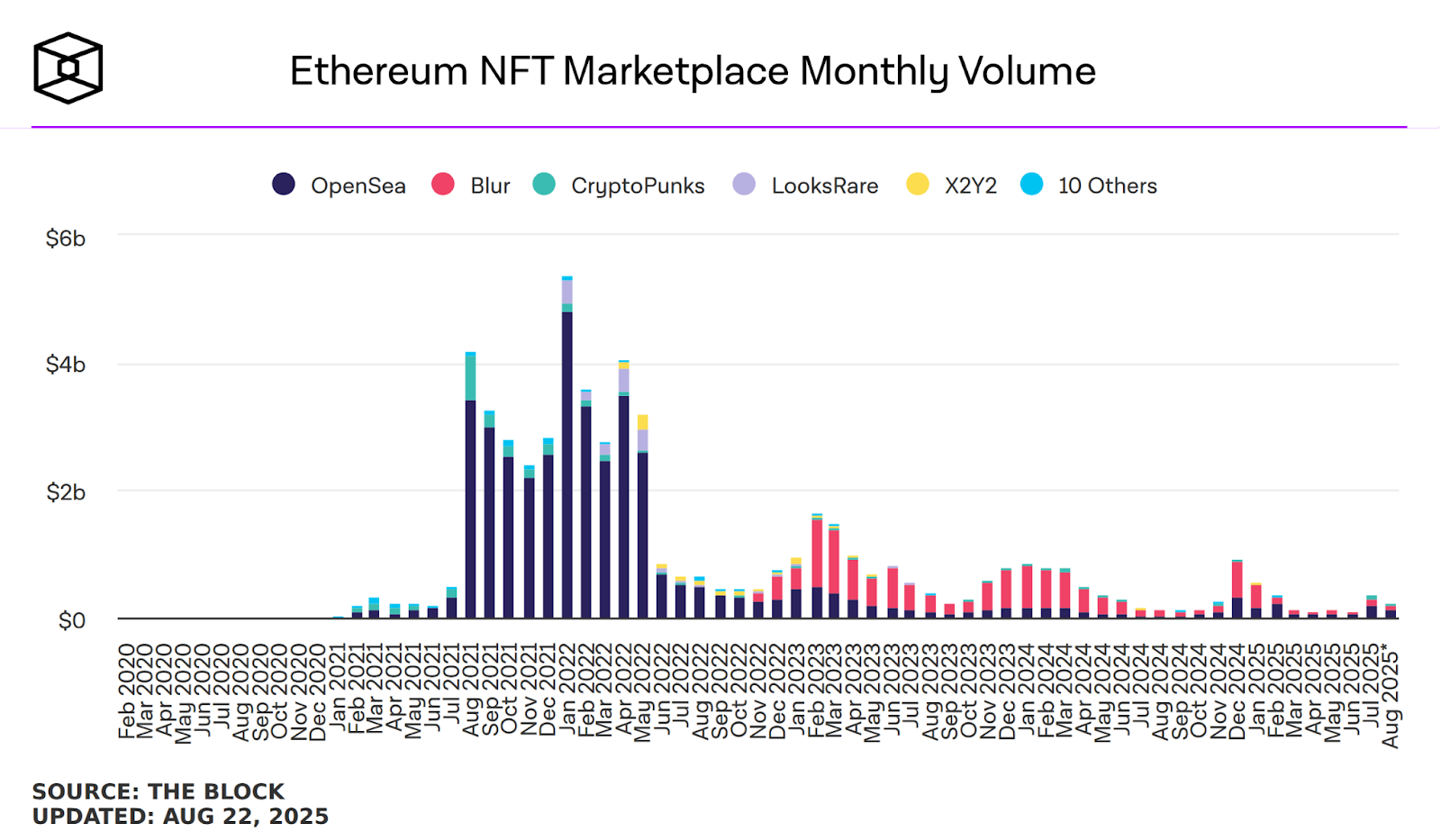
Pricing strategy is just as important as choosing the platform. Setting a fixed price gives clarity and control, while auctions can attract competitive bidding and potentially higher returns. Some marketplaces also allow timed sales or Dutch auctions, where the price decreases until a buyer steps in. Whichever model you choose, research similar NFTs in your category to understand what collectors are willing to pay.
Promotion is key to standing out in a crowded market. Beyond simply listing your NFT, you should build awareness through social media, NFT communities on Twitter and Discord, or collaborations with influencers. Engaging with collectors and creating a recognizable brand around your work increases trust and visibility. Successful sales are less about luck and more about how effectively you market your project after you make NFT.
Top examples of profitable NFTs
Some of the most famous NFT projects show how digital assets can reach extraordinary values when creativity and community demand align. One of the most iconic sales came from digital artist Beeple, whose collage Everydays: The First 5000 Days sold at Christie’s for more than $69 million. Another record-breaker was Pak’s The Merge, which generated over $90 million in sales, proving that digital-only artworks could command prices once reserved for traditional masterpieces.
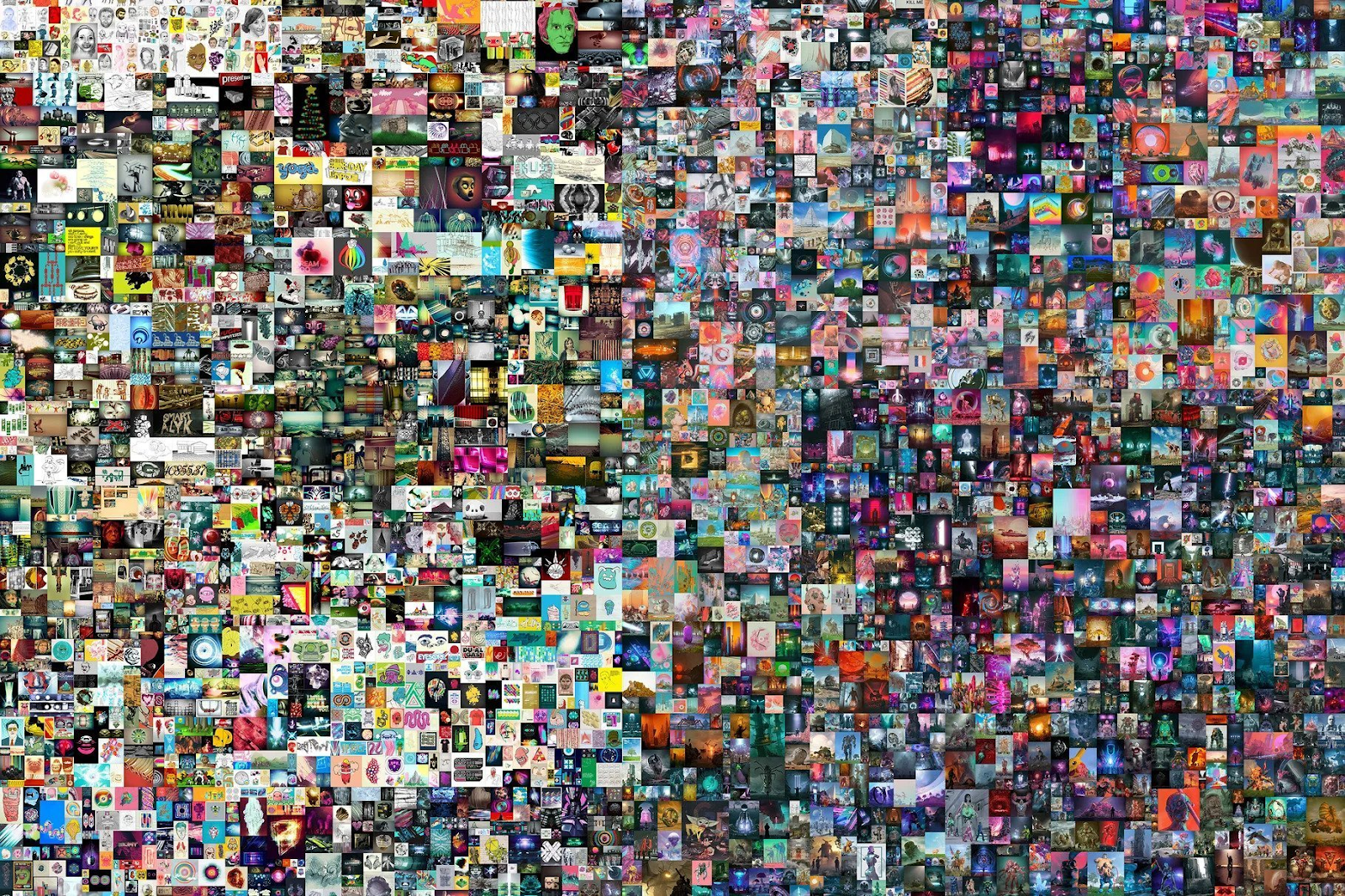
NFT collections have also become cultural symbols. CryptoPunks, a series of 10,000 pixelated characters, were among the first NFTs ever created and remain highly sought after, with some pieces selling for millions. Bored Ape Yacht Club (BAYC) quickly followed, offering not just collectible avatars but also access to exclusive online groups, merchandise, and live events. Their combination of digital art and community building helped them become one of the most profitable NFT collections in history.
Other projects highlight the diversity of the NFT market. World of Women gained global recognition for celebrating diversity and supporting social causes, while even Jack Dorsey’s first tweet was tokenized and sold for nearly $3 million. These examples illustrate that if you want to make an NFT that stands out, success depends not only on the art itself but also on the story, rarity, and community around it.
Your path to NFT creation
Making an NFT no longer requires coding skills or advanced technical knowledge. With the right platform, a digital wallet, and a creative idea, anyone can turn a digital file into a blockchain-verified asset ready for the global market.
While success stories show that NFTs can be highly profitable, the key lies in originality, strong promotion, and building community trust. For beginners, the simple method outlined here offers a clear path to start exploring and experimenting in the NFT space.
Content on BlockPort is provided for informational purposes only and does not constitute financial guidance.
We strive to ensure the accuracy and relevance of the information we share, but we do not guarantee that all content is complete, error-free, or up to date. BlockPort disclaims any liability for losses, mistakes, or actions taken based on the material found on this site.
Always conduct your own research before making financial decisions and consider consulting with a licensed advisor.
For further details, please review our Terms of Use, Privacy Policy, and Disclaimer.


